This post is sponsored by EyePromise.
Why YOU probably feel uncomfortable driving at night
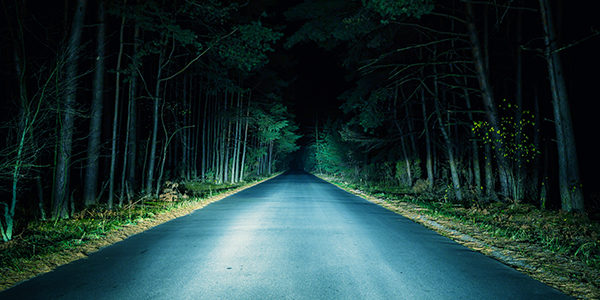
Many of us would prefer not to drive at night because our vision just isn’t what it used to be. Changes to our eyes occur gradually, over many years, and we may not even notice them until the cumulative effect kicks in and our vision isn’t what it used to be.
Driving at night, especially when it’s raining,
can be particularly hazardous when drivers
over 40 have vision problems.
- Our pupils shrink and don’t dilate as much in the dark as we age, which reduce the amount of light entering our eyes and can make it seem as if we’re wearing dark sunglasses at night.
- The cornea and lens in the eye become less clear as we age, causing light to scatter inside the eye, which increases glare and makes it harder to read reflective road signs and other important markings. These changes also reduce the ability of the eye to distinguish subtle differences in brightness during the night hours, causing more difficulty when viewing objects on the roadway.

- We may test well in the eye doctor’s office but still have a hard time focusing on the road at night, where lighting is poor and we need to perform more complex visual tasks. Age also lessens our ability to see stationary and moving objects, such as cars or pedestrians that could cross the road in front of us, according to the National Traffic Highway Safety Administration.
- Certain eye disorders, such as cataracts, glaucoma, macular degeneration and diabetic retinopathy, are common with increased age and further reduce our vision, especially when the pupils dilate at night, according to 1999 research published in Investigative Ophthalmology and Visual Science. These disorders affect 33 percent of all people aged 40 and older, according to The Vision Council.
Facts
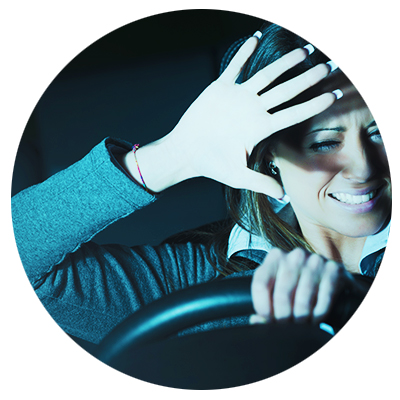

Traffic death rates are three times greater at night than during the day (and adults 65+ are 16% likelier to cause an accident than drivers 25-64, according to a study for the RAND Institute For Civil Justice). As The Fab Over Fifty population continues to take to the roads at night in greater numbers than our parents, the risk of fatal crashes is expected to increase substantially.

1 in 4 drivers are affected by glare, which is caused by high intensity light, such as oncoming headlights.
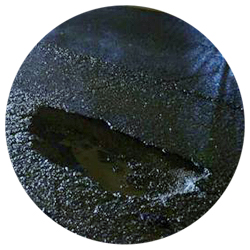

40% of those over 40 feel uncomfortable driving at night.

At night, the lack of light makes it more difficult for even young drivers to identify pedestrians or pot holes.
Tips
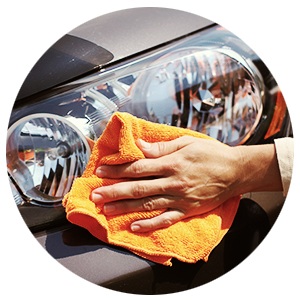

Make sure your windshield and headlights are clean, so no dust or residue is blocking your line of sight.

Use the “night” setting on your rearview mirror, which dims whatever is going on behind you, so you’re not overwhelmed by extra light.

You can help improve your night driving vision with powerful nutrients, zeaxanthin and lutein, which help the eyes absorb excess light and help you maintain your focus.
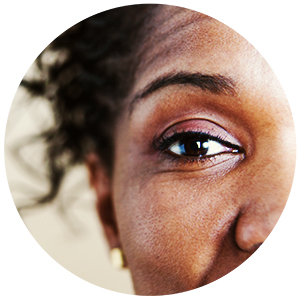

While foods such as leafy greens, eggs, corn and peppers, have trace amounts of zeaxanthin and lutein, only a supplement can provide the right amount of these nutrients to help maintain and improve our eye health. These brightly colored nutrients, in the back of the eye, help us focus on light, colors, and sharp objects. Zeaxanthin and lutein also act as “internal sunglasses” to absorb light and to protect against glare.

Get your eyes checked at least once a year, for vision changes, or more frequently if you have issues.
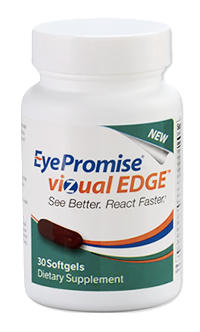
Give your eyes a boost with
the potent nutrients, zeaxanthin and lutein. EyePromise vizual EDGE softgel can help you see more clearly at night. Try it today!


0 Responses to “What You Really Need to Know About Driving At Night”
jan says:
Good to know. I remember when I was just 16, my mom made me drive home one foggy night because she couldn’t see. The fog was so thick I couldn’t either but wasn’t about to tell her.